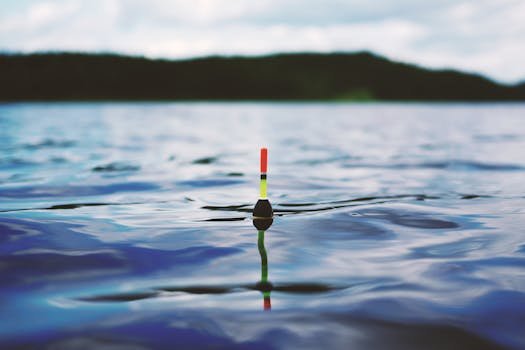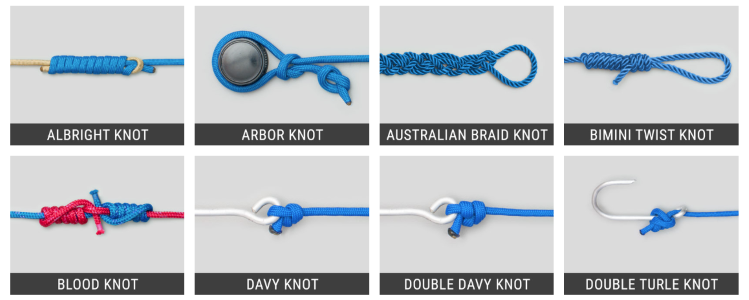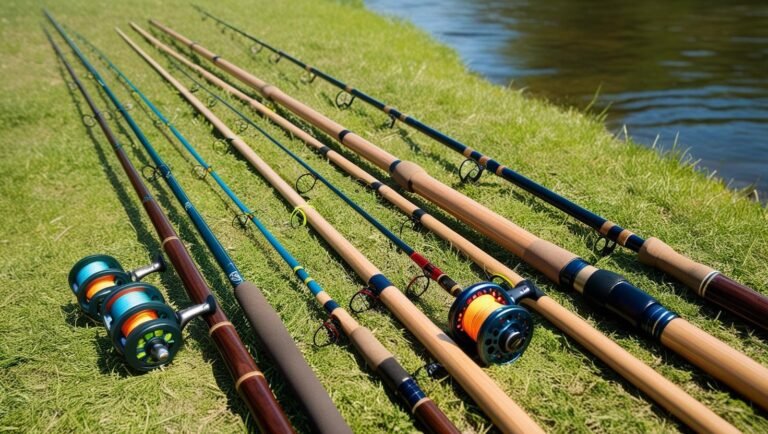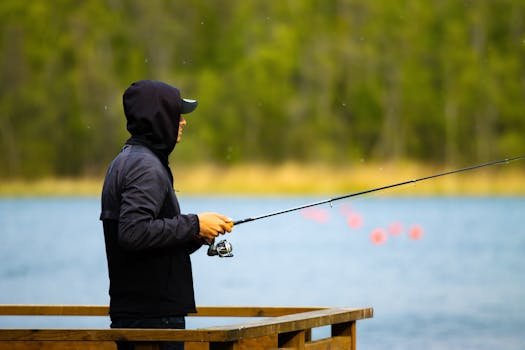How to Set Up Your Spinning Reel Drag: 2025 Beginner’s Guide
The drag on your spinning reel is like a shock absorber: set it correctly, and it tires out the fish while protecting your line. Set it wrong, and you risk snapped lines or lost fish. Many beginners overtighten their drag “just to be safe,” only to lose hooks or break rods. This guide simplifies drag setup, offers a quick on-shore tuning method, and answers common braid-vs-mono questions from fishing forums.
New to spooling your reel? Check our Beginner’s Spooling Guide before adjusting your drag.
Why Drag Matters More Than Line Strength
A well-tuned drag:
- Protects light lines – Land a 6 lb trout on 4 lb mono without breaking it.
- Keeps hooks secure – Smooth drag prevents head shakes from pulling hooks free.
- Saves your rod – Absorbs sudden jolts to protect ultralight rod tips.
Key Drag Terms Every Beginner Should Know
| Term | What It Means | Why It Matters |
|---|---|---|
| Max Drag | Maximum force (in pounds) before the line slips | Mostly a marketing number; rarely used fully |
| Start-Up Inertia | Resistance when the line first starts to pull | Lower inertia = smoother drag for light lines |
| Drag Washers | Disks creating friction inside the reel | Felt = smooth; Carbon = durable |
| Clicker | Audible sound when the line slips | Helps you track fish runs without looking |
Quick 70-Second “Rule of Thirds” Drag Setup
Goal: Set your drag to about one-third of your line’s breaking strength for a balance of control and safety.
- Set up your rod and reel with the line you’ll use fishing.
- Thread the line through the guides and tie it to a luggage scale, spring scale, or a grocery bag with known weights (e.g., water bottles).
- Pull steadily with the rod at a 45-degree angle to mimic fighting a fish.
- Check the scale:
- For 8 lb mono, aim for drag to slip at 2.5–3 lb.
- For 20 lb braid, target 6–7 lb (braid needs rod flex for extra give).
- Adjust the drag knob one click at a time until the scale hits your target weight.
- Test twice more to ensure consistent slip without jerks.
No scale? Try this simple feel-based method:
- Point your rod straight up.
- Hook your lure to a fence or your shoe.
- Pull the rod tip to shoulder height.
- Correct drag lets the rod bend deeply, but the line slips before the rod maxes out.
Drag Settings Cheat Sheet
| Main Line | Target Species | Recommended Drag | Notes |
|---|---|---|---|
| 4–6 lb mono | Stocked trout, panfish | ~2 lb | Light hooks need gentle drag |
| 8 lb mono | Walleye, river smallmouth | ~3 lb | Pair with a soft rod for surges |
| 10–12 lb fluoro | Dock bass | ~3–4 lb | Fluoro is stiff; avoid overtightening |
| 20 lb braid + leader | Bass in weeds | ~6–7 lb | Keep rod at 45° for shock absorption |
| 30 lb braid + leader | In-shore redfish, snook | ~8–9 lb | Tight to turn fish, loose for long runs |
Felt vs. Carbon Washers: Which Is Better?
| Washer Type | Smoothness | Heat Resistance | Maintenance |
|---|---|---|---|
| Felt | Ultra-smooth at low drag settings | May glaze under heavy loads | Lightly oil once per season |
| Carbon Fiber | Slightly less smooth but highly consistent | Handles 20 lb+ without fade | Grease yearly with Cal’s or Shimano drag grease |
Pro Tip: For smoother carbon washer drag, lightly grease every other washer and leave the rest dry.
Match Drag to Your Hook Size
- Small trebles (size 6–10): Keep drag at ~25% of line test to protect delicate hooks.
- Wide-gap worm hooks (3/0–4/0): Set drag at ~30–35%; rod flex helps secure the hook.
- Circle hooks: Slightly tighter drag ensures the hook sets properly in the fish’s mouth.
Common Drag Mistakes to Avoid
- Tightening drag mid-fight: Sudden spikes can snap leaders. Instead, reel down smoothly while maintaining rod angle.
- Storing with drag locked: Compresses felt washers, reducing smoothness. Always loosen drag after fishing.
- Auto-closing bail: Can nick mono against the bail wire, weakening it. Close the bail manually.
Troubleshooting Drag Issues
| Symptom | Likely Cause | Quick Fix |
|---|---|---|
| Drag jerks or sticks | Dry felt or dirty carbon washers | Clean plates; apply fresh grease/oil |
| Drag slips despite max setting | Worn washers or main shaft spring | Inspect stack; replace worn parts |
| Inconsistent scale readings | Line digging into spool wraps | Re-spool with tighter tension |
| Silent clicker | Clogged ratchet gear | Clean and apply light grease |
Recommended Drag-Tuning Tools
| Tool | Use | Where to Get It |
|---|---|---|
| Rapala 25 lb Digital Scale | Precise 0–11 kg readings | Buy Now |
| Cal’s Universal Drag Grease | Lubricates carbon washers | Buy Now |
| Daiwa Reel Oil Needle Bottle | Lubes felt washers & shafts | Buy Now |
Note: Replace placeholder links with Pretty Links or affiliate links for monetization.
Quick FAQs for Beginners
Can I tighten drag for thick weed mats?
Add one click for extra pull, but rely on braid + heavy-wire hooks and steady pressure. Overtightening risks snapping your rod.
Is tight drag okay with braid and no leader?
Yes in murky water, but pair with a flexible rod (glass or moderate-action) to add stretch.
Do sealed drags need maintenance?
Less often, but clean annually to remove water or debris, especially after submerging the reel.
Final Takeaway
Set your drag to one-third of your line’s test strength, check it before every trip, and loosen it when storing your reel. These three habits will help you land more fish, save your gear, and keep your spinning reel performing like new.
Tight lines, smooth drags, and happy fishing!




